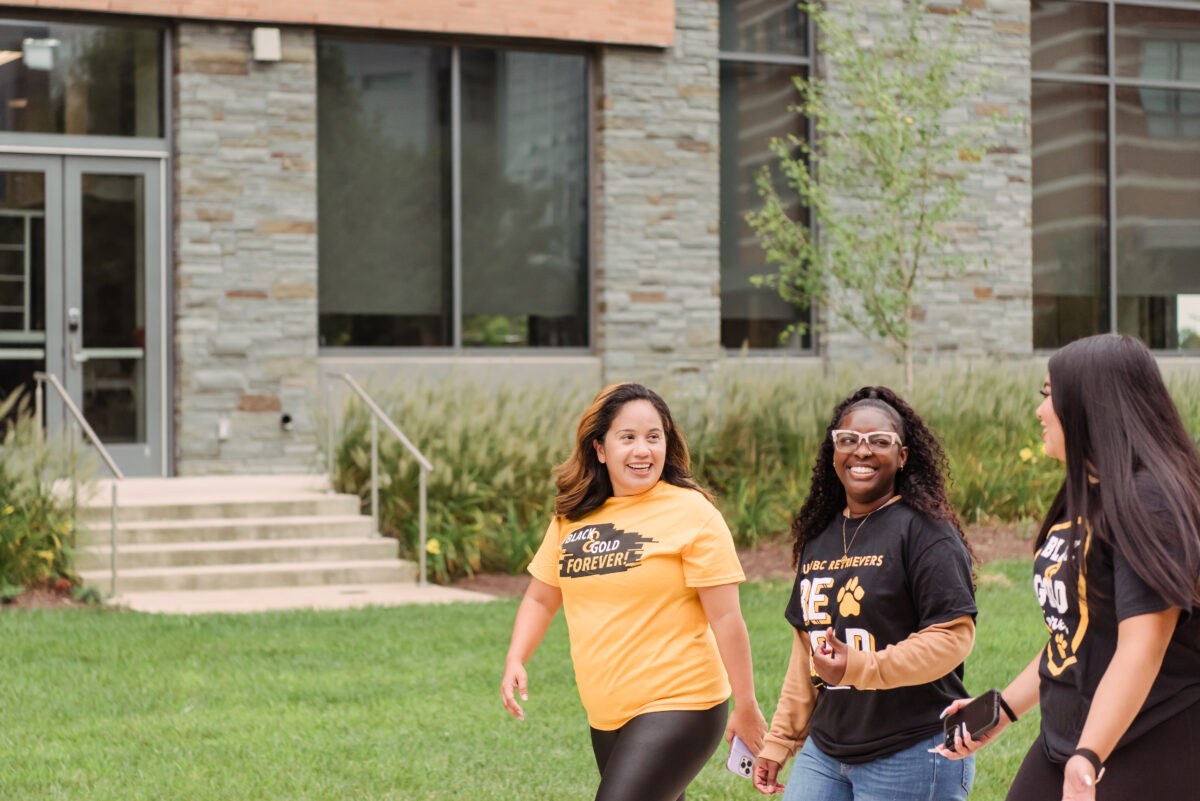Discovering Her Direction
Reflecting on her life’s work, Karen Osborne, a senior statistical consultant for Fortune 500 executives for the past six years, made an important discovery. “I realized that, in my career, what I enjoyed most was teaching and training customers and internal staff how to use statistics to enhance their marketing,” she says. Now, Osborne is a Ph.D. student and graduate assistant in UMBCs mathematics and statistics department, in order to pursue her goal of becoming a statistics professor.
With a B.S. in mathematics and statistics and an M.S. in statistics, Osborne has had a keen interest in the field for some time. As a senior statistician, she applied statistical modeling techniques to analyze the marketing needs of corporate clients and to recommend marketing strategies and solutions. Osborne also has a strong background in computer sciences, and worked as an information systems manager and computer software trainer.
It was the events of September 11th that caused Osborne to carefully consider her life’s work. Working near the Pentagon in Arlington, Virginia at the time, she explains, My company had an office in the World Trade Center. Everyone was fortunate to get out. The event caused me to step back and look at my life and to think about what is important.
I looked at my entire life’s work, chronologically, and it sort of hit me, says Osborne, describing her discovery of her love for teaching. From internal staff training to computer training to cooking classes, she realized I was always hovering around teaching. Inspired by her long-time involvement with local clean-up and nature clubs (such as the Appalachian Trail club), Osborne decided to concentrate in the area of environmental statistics.
She zeroed in on UMBC for its well-rounded graduate statistics program and–with her interest in environmental statistics–for its well-known Marine-Estuarine Environmental Sciences (MEES) program. She is hoping to work with a MEES graduate student in analyzing biological data.
Osborne was also impressed by caliber of the faculty and their research. When I looked at the Web site, it was clear to me that they are doing very active and diverse research.
This summer, before formally starting the program, she took an environmental statistics course co-taught by Dr. Nagaraj Neerchal, professor of statistics, and Dr. Brian Bradley, professor of biological sciences. “I loved it, says Osborne. It was a great class and it served to reinforce for me that this is what I want to do. I cant wait to get started!



